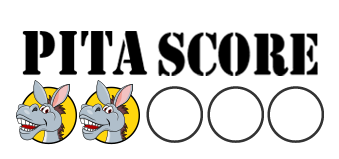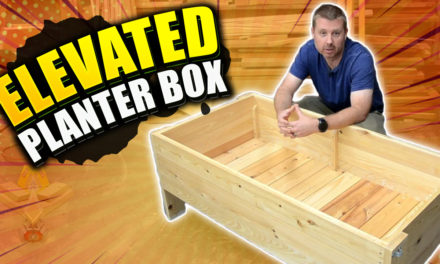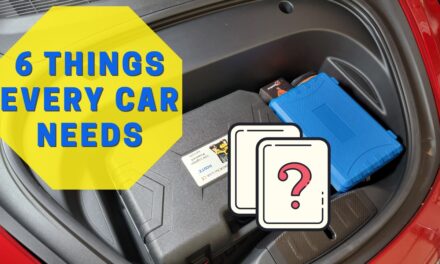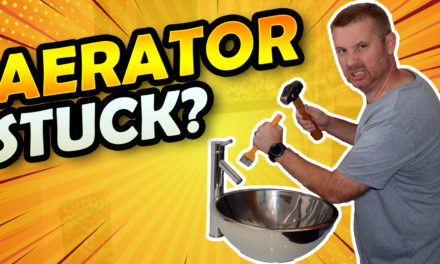
How To Clean Concrete
Cleaning concrete is a pain, but let’s make it easier by choosing the right cleaner. Let’s make it even easier in the future by sealing the concrete when we’re done! This is a helpful video in and of itself, but it is also the first of three videos on sealing concrete. It all starts with clean concrete.
*Part 1 – Cleaning Concrete*
Part 2 – Choosing a Concrete Sealer (https://youtu.be/pXGfoRfoYBk)
Part 3 – Sealing Your Concrete (https://youtu.be/XtXopmXJ3mo)
Bonus – Sealing New Concrete (https://youtu.be/h8xU8sT8BeA)
The Four Primary Types of Concrete Cleaners
- pH neutral
- Acidic
- Alkaline
- Enzymatic or bacterial
We’ll also give some unorthodox advice…don’t pressure wash!…unless you have no other choice. Watch to learn why! There are better solution to get clean concrete. If you must pressure wash, keep the pressure as low as possible. Tough stains like latex paint or wood stain can be tackled using a paint stripper (gel preferred) on the paint. For oil based wood stains or paints, first rinse with water to saturate the concrete. After it’s mostly soaked it, pour some mineral spirits on the stain and scrub away. Finally, rinse liberally to wash away the mineral spirits.
Chapter Links
0:34 Important Info on Cleaning Concrete
1:32 Concrete Cleaner Types
1:40 pH Neutral Cleaners
1:52 Acidic Cleaners
2:15 Alkaline Cleaners
2:42 Enzymatic/Bacterial Cleaners
3:35 Buying Cleaners
4:17 Cleaning Demonstration
6:38 Conclusion and Results
Details on Cleaning Concrete
Cleaning concrete is easy but there are important factors to consider such as the type of cleaner used and the cleaning technique to use.
Four main points about cleaning concrete:
- Avoid using a pressure washer unless you’ve exhausted all other options. That may go against what you’ve probably been told, but pressure washing accelerates wear and tear. You won’t notice this after one pressure wash but annual pressure washing will wear out your concrete prematurely. It’s best to avoid it if you can.
- Find a concrete cleaner suitable for your needs. Let the cleaner do the work so you don’t have to pressure wash.
- NEVER use a metal bristle brush on concrete. The bristles break off leaving tiny metal pieces in your concrete…which will do what? RUST!
- After cleaning your concrete, consider a concrete sealer to protect it and make annual cleanings easier.
Types of concrete cleaners:
- pH-Neutral – mild cleaners usually for interior concrete, but can be used externally. If your concrete isn’t too dirty and doesn’t have any staining, a pH neutral cleaner could be a good choice. These are easy to find at your hardware or home improvement store.
- Acidic cleaners – used to remove stains, dirt, rust and even efflorescence. Examples include muriatic acid or oxalic acid. Acidic cleaners are commonly used on exterior concrete or in preparation of having a film forming concrete finish applied such as epoxy, but they are also great for removing rust stains.
- Alkaline cleaners – These are basically degreasers. They break down hydrocarbon based contaminants in concrete like oil. These are good candidates for cleaning up your garage floor, car port or parking pad. Alkaline cleaners are also sometimes used after an acidic cleaner to bring the concrete back to its more natural, alkaline pH.
- Enzymatic or bacterial cleaners – these are oxidizers that break down various types of stains such as hydrocarbons, soils, starch or protein stains. Not sure what protein stains are? Think pigeon droppings or animal urine.
In addition to these four main types, there are also specialty cleaners out there that have proprietary ingredients. The key to choosing a cleaner is identifying your problem and then selecting the type that works for you.
Where to find these cleaners? Try specialty concrete or waterproofing supply stores. You can also try janitorial supply stores. The hardware store is likely to have some concrete cleaners but they are typically very mild. Feel free to call any of these suppliers and tell them what your needs are and most reputable stores will be able to offer a recommendation for which product might fit your needs.
Performing the cleaning:
- First, check the safety data sheet of the cleaner so you can take the appropriate safety measures
- Always wear safety glasses and cover exposed skin if using a strong cleaner (acidic or alkaline).
- Be sure to cover areas where you do not want the cleaner such as on wood, metal, glass, etc.
- When using an acidic cleaner, be sure to generously rinse with water to help the pH of the concrete get back to its more alkaline state. If you use a pH neutral or alkaline cleaner, a good rinse is still necessary but you don’t have to go over board since the concrete’s pH will not be significantly altered.
- If one wash doesn’t remove the dirt and stains, but it does show an improvement, try a second cleaning. If you see no noticeable improvement, you may need to try a different cleaner.
Now it’s time to choose a sealer & seal your concrete!








